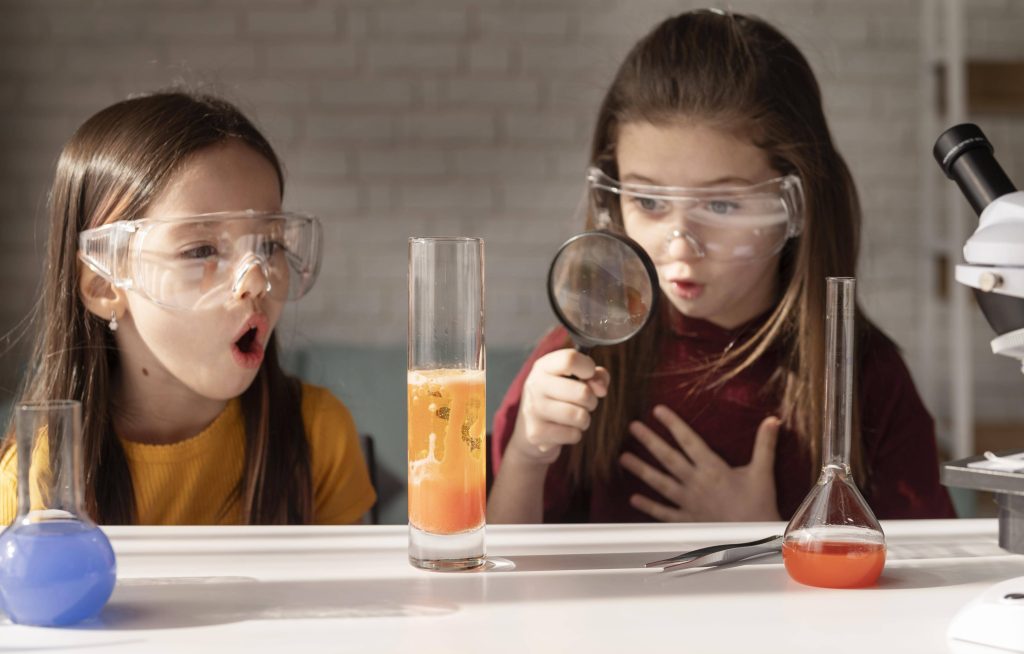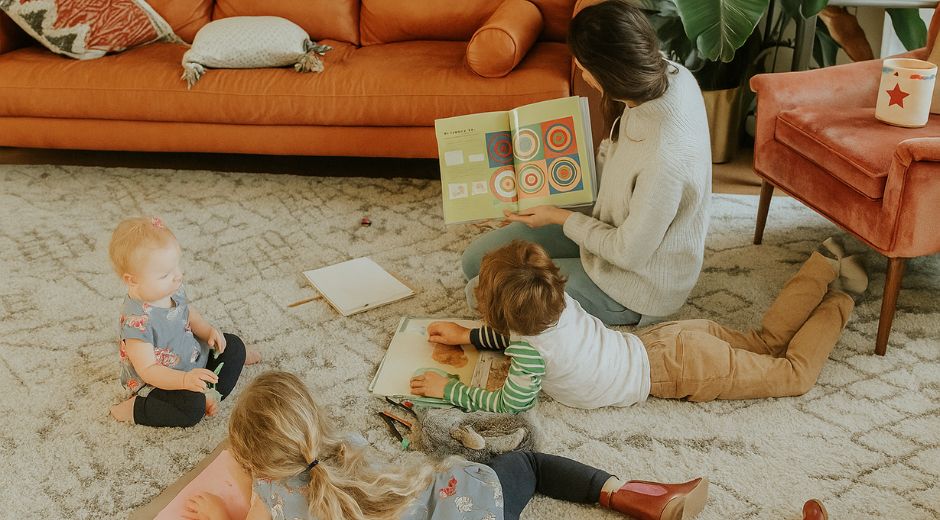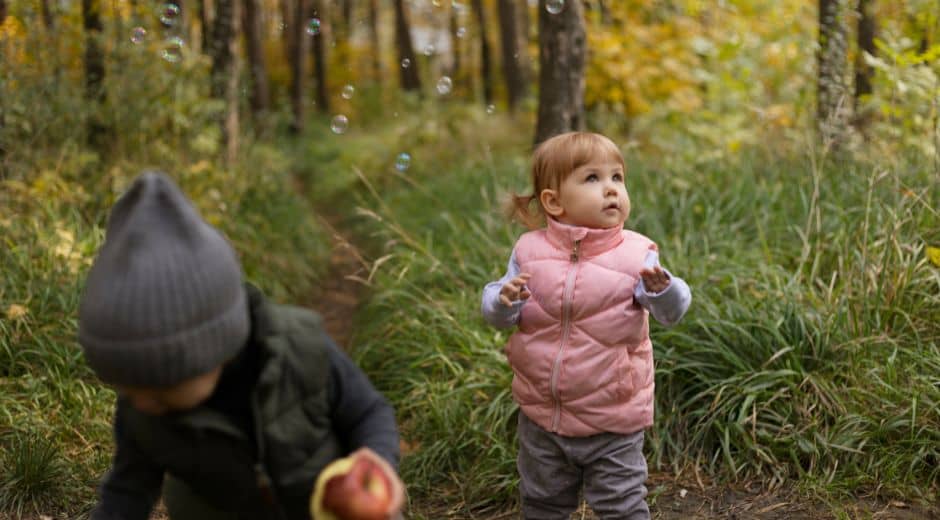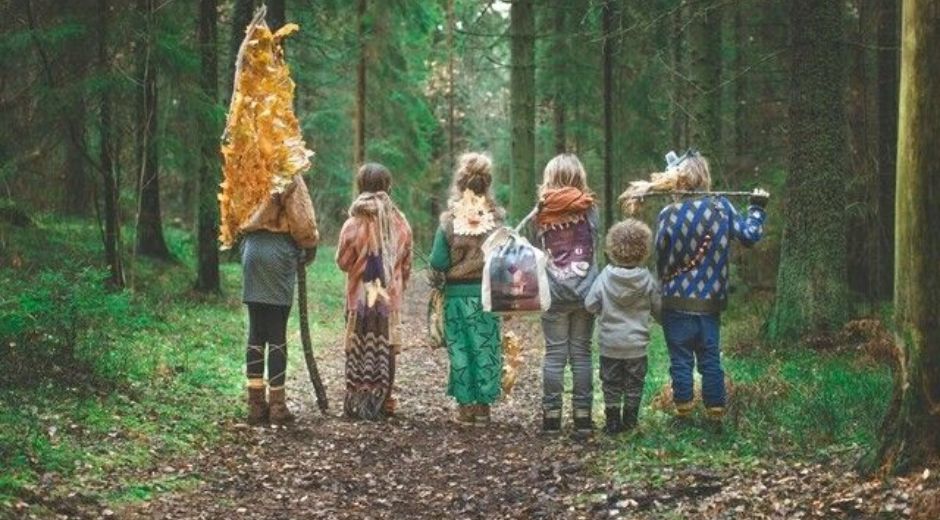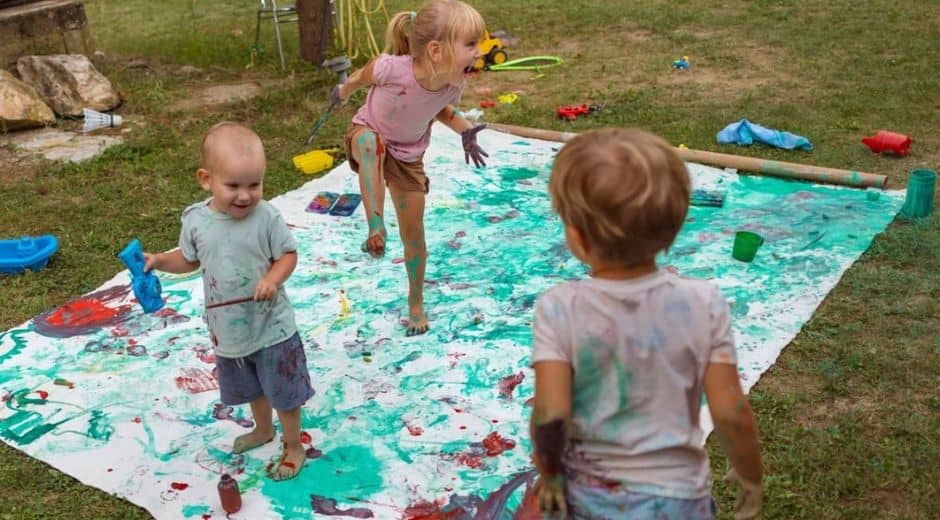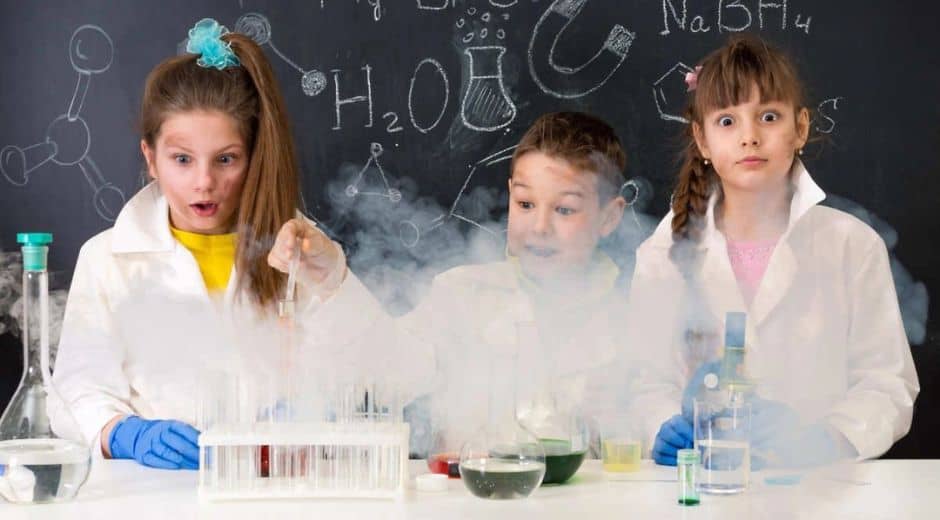DIY Fun Science Experiments Projects to Spark Young Minds
DIY Fun Science Experiments Projects to Spark Young Minds
Fostering curiosity and a love for learning in children is one of the most rewarding aspects of parenting. One of the most effective ways to engage young minds is through science experiments. These hands-on projects not only make learning fun but also develop critical thinking, problem-solving, and creativity. By exploring the world around them, children gain a deeper understanding of science concepts while building confidence in their abilities.
Parents and educators who embrace DIY science projects provide children with opportunities to explore, experiment, and discover in a safe and enjoyable environment. These projects encourage questioning, observation, and reflection—skills that are valuable throughout life.
Why Science Experiments Are Important
DIY science experiments are more than just fun activities; they are foundational for learning. Children learn best through hands-on experiences, where they can observe cause-and-effect relationships, test hypotheses, and draw conclusions. These projects allow children to connect theory with practice, turning abstract concepts into tangible experiences.
Additionally, experiments promote perseverance and resilience. When a project doesn’t go as planned, children learn to troubleshoot, adjust their approach, and try again. These experiences teach them that failure is a natural part of the learning process and an opportunity for growth.
Simple DIY Science Projects to Start With
Starting small is key. Here are some simple projects that are perfect for young learners:
Volcano Eruption Experiment
Combine baking soda and vinegar in a small container to simulate a volcanic eruption. Children can observe chemical reactions and learn about gases and pressure.
Floating and Sinking Objects
Gather household objects and predict which will float or sink in water. This activity teaches density and buoyancy in a hands-on way.
Homemade Slime
Using glue, water, and a safe activator, children create slime while exploring polymers and non-Newtonian fluids.
Simple Circuit Experiment
Using batteries, wires, and a small bulb, children can build a basic electrical circuit and learn about energy flow.
Plant Growth Observation
Plant seeds in transparent containers and track growth over time. This project teaches biology concepts and the importance of sunlight and water.
For more advanced DIY project ideas and materials, parents can explore FixoLix, which provides tools, guides, and creative resources for home-based experiments.
Making DIY Science Experiments Engaging
The key to successful science activities is engagement. Children are naturally curious, so creating a stimulating environment encourages exploration. Here are some tips to make experiments more engaging:
Set a Theme: Focus on space, oceans, weather, or plants to make learning cohesive and exciting.
Encourage Questions: Ask children what they think will happen and why. This nurtures analytical thinking.
Document Observations: Let children record their observations in a notebook or take photos to track changes over time.
Use Everyday Materials: Household items such as baking soda, vinegar, or straws are inexpensive and safe for experimentation.
Engaging children in DIY projects regularly builds curiosity, independence, and confidence. Over time, these activities reinforce a love for learning and exploration.
Integrating Science Experiments with Travel and Exploration
Travel provides unique opportunities for hands-on learning. Families can combine DIY experiments with travel experiences to deepen understanding and spark curiosity. Exploring different ecosystems, observing wildlife, or visiting science museums offers real-world context to the concepts learned at home.
For ideas on family-friendly educational trips, check out TripBeyondTravel, which provides guides and tips for experiential learning through travel. By integrating trips with DIY science projects, children connect classroom concepts with the wider world, making learning memorable and meaningful.
Safety Tips for DIY Experiments
Safety is essential when conducting DIY science projects. Parents should supervise experiments, ensure children use appropriate materials, and emphasize careful handling. Here are some practical safety tips:
-
Always wear protective gear like gloves or goggles when needed.
-
Use non-toxic, child-safe materials for experiments.
-
Conduct experiments in areas that are easy to clean.
-
Teach children to respect materials and follow instructions carefully.
Following these guidelines ensures that children enjoy DIY experiments safely while building confidence and responsibility.
Benefits of DIY Science Projects
The advantages of incorporating DIY science experiments into a child’s routine are numerous:
Critical Thinking: Children develop problem-solving skills by testing hypotheses and troubleshooting results.
Creativity: Experimentation encourages imagination and innovative thinking.
Focus and Patience: Completing experiments helps children practice concentration and perseverance.
Confidence: Successfully conducting an experiment boosts self-esteem and a sense of achievement.
Curiosity for Life: Hands-on learning fosters a lifelong love of discovery and knowledge.
Parents who actively participate in science projects also strengthen bonds with their children. Shared exploration creates opportunities for meaningful conversations, teamwork, and encouragement.
DIY Experiments for All Ages
DIY science projects can be tailored to different age groups:
Toddlers: Simple water experiments, sensory bins, and color mixing.
Preschoolers: Volcanoes, magnet exploration, and basic plant growth projects.
Elementary Age: Simple circuits, chemical reactions, and physics-based projects.
Tweens and Teens: More complex experiments involving energy, robotics, or environmental science.
By adjusting complexity and guidance, projects remain engaging and educational at every stage of childhood development.
Encouraging a Scientific Mindset
The ultimate goal of DIY science projects is to encourage a scientific mindset. This includes curiosity, observation, experimentation, and critical thinking. When children are encouraged to ask questions and explore solutions, they develop analytical skills that extend beyond science.
Integrating science with everyday life enhances this mindset. Cooking, gardening, building simple machines, and even cleaning experiments become opportunities for learning and reflection. Parents can supplement these activities with educational resources and guides available on FixoLix, which provides step-by-step tutorials and inspiration for home science projects.
Combining DIY Science with Travel Learning
For children, combining DIY experiments with travel and exploration adds context to their learning. Observing geological formations, marine life, or local ecosystems during trips reinforces scientific concepts. Planning small projects to document findings, such as water testing or plant observation, connects classroom learning with the real world.
For travel-focused educational experiences, families can explore TripBeyondTravel, which offers ideas for engaging destinations and activities that inspire curiosity and provide hands-on learning opportunities.
Conclusion
DIY science experiments are a powerful tool for sparking curiosity, promoting learning, and developing critical skills in children. These projects engage young minds, foster creativity, and cultivate a love for discovery that extends far beyond the home. By integrating hands-on experiments, travel, and everyday exploration, parents can provide children with rich, meaningful learning experiences.
For more resources, materials, and creative DIY ideas, explore FixoLix. Families looking to combine learning with adventure can find inspiration at TripBeyondTravel. And for additional activities and parenting tips, visit CoolParentingTips
By embracing DIY science projects, parents nurture curious, resilient, and imaginative children ready to explore the world with confidence and enthusiasm.
Learn Bond Bloom

Calm Corner Setup for Emotional Regulation
Calm Corner Setup for Emotional Regulation

Big Feelings Tools Kids Can Learn Fast
Big Feelings Tools Kids Can Learn Fast

Picky Eating Solutions That Feel Simple
Picky Eating Solutions That Feel Simple

Morning Routine Ideas for Smoother Days
Morning Routine Ideas for Smoother Days
